Even though a militant mortar attack occurred in the area where the U.S. is constructing a pier to pour humanitarian aid into Gaza, a senior American military official said the security environment there is “sufficient to support the execution of that mission.”
No Americans were even “remotely close” to the attack, which took place on Wednesday, the official told reporters, including from The War Zone, on Thursday. Speaking on condition of anonymity, the official added that the attack had nothing to do with the large-scale effort involving about 1,000 U.S. troops that is expected to begin delivery of vitally needed food and other supplies to starving Gaza residents early next month.
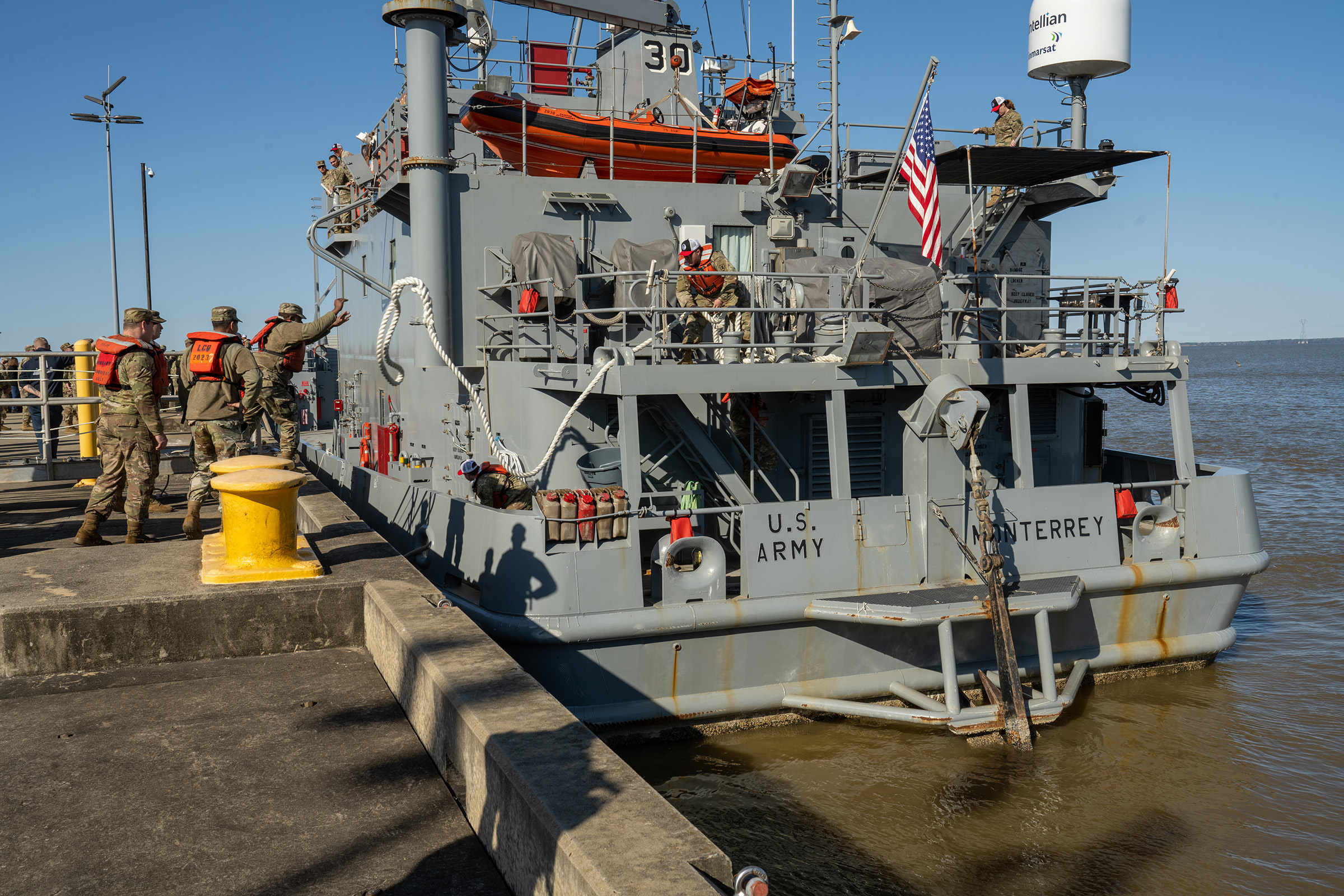
“We don’t assess that the attack had anything to do with the [Joint Logistics Over-The-Shore] JLOTS mission or delivery of humanitarian assistance from the sea,” said the official, referring to a family of U.S. Army and U.S. Navy-managed logistical capabilities. JLOTS was among the things that The War Zone highlighted in our earlier story about how American forces might carry out this mission after news of it first emerged last month.
The humanitarian operation, which will be under the command of U.S. Central Command and conducted by the 7th Transportation Brigade from Joint Base Langley-Eustis, Virginia, and other forces, will deploy JLOTS capability, according to the Pentagon. It comes as Gaza residents are suffering from more than seven months of heavy bombardment from Israeli forces reacting to the Oct. 7 Hamas surprise attack.
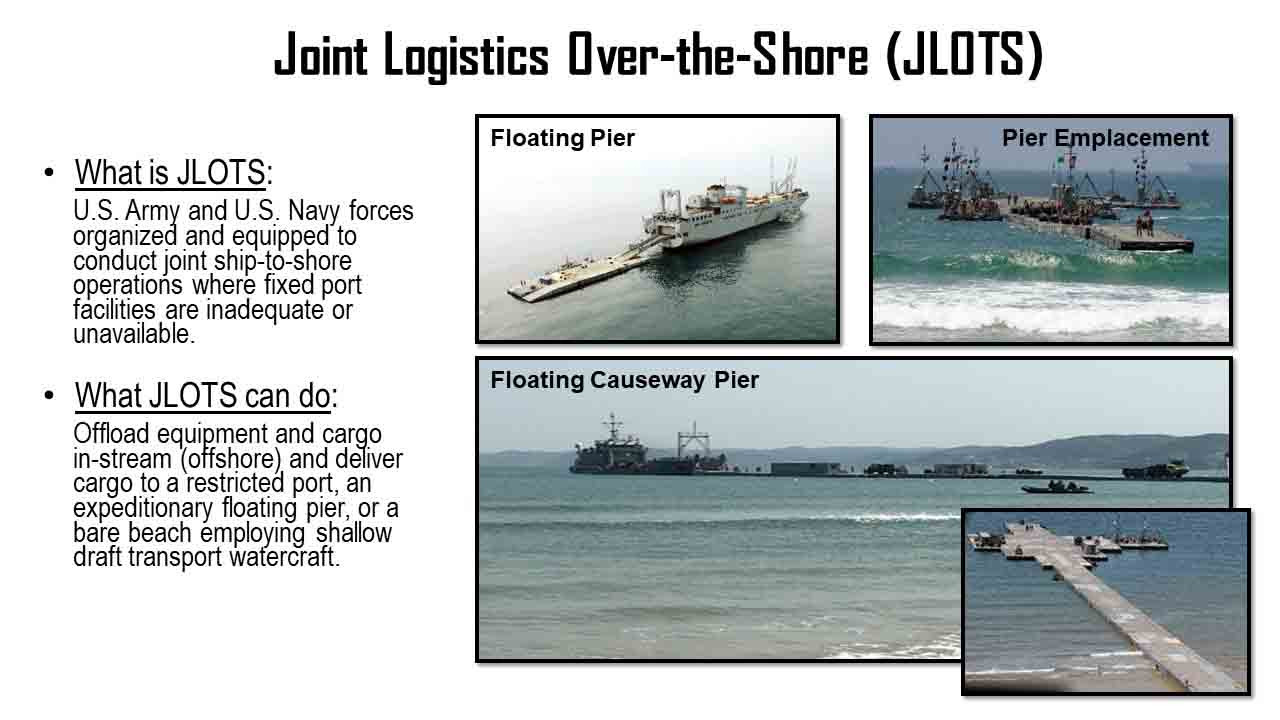
The militants lobbed mortars at Israeli forces preparing for the sea-borne relief effort, Politico reported. We raised concerns last month about how this area could be targeted which you can read more about here.
The official declined to offer specifics on how the JLOTS effort will be protected but said that “the defensive umbrella around JLOTS today looks nothing like it’s going to look like when we actually execute the mission. It will be far more robust.”
The U.S. has been “working closely with the Israeli Defense Forces (IDF) for weeks on a comprehensive integrated plan that protects U.S. troops from the land, air and sea. Forces from U.S. European Command and US Naval Forces Europe are also assigned to support the overall effort.”
“We have full confidence” in the plan “that we’ve developed over the last month, side by side with the Israelis,” the official avowed. “We have rehearsed defenses and protective measures on multiple occasions. And feel very confident in that. And on top of all that, as we do with any missions, we’re going to make a very thorough force protection assessment before actual execution.”
In addition, the IDF “has as a brigade – thousands of soldiers – plus Israel Navy ships and the Air Force that are dedicated to force protection of this operation specifically,” the official noted. The U.S. also has “significant complementary capability for force protection.”
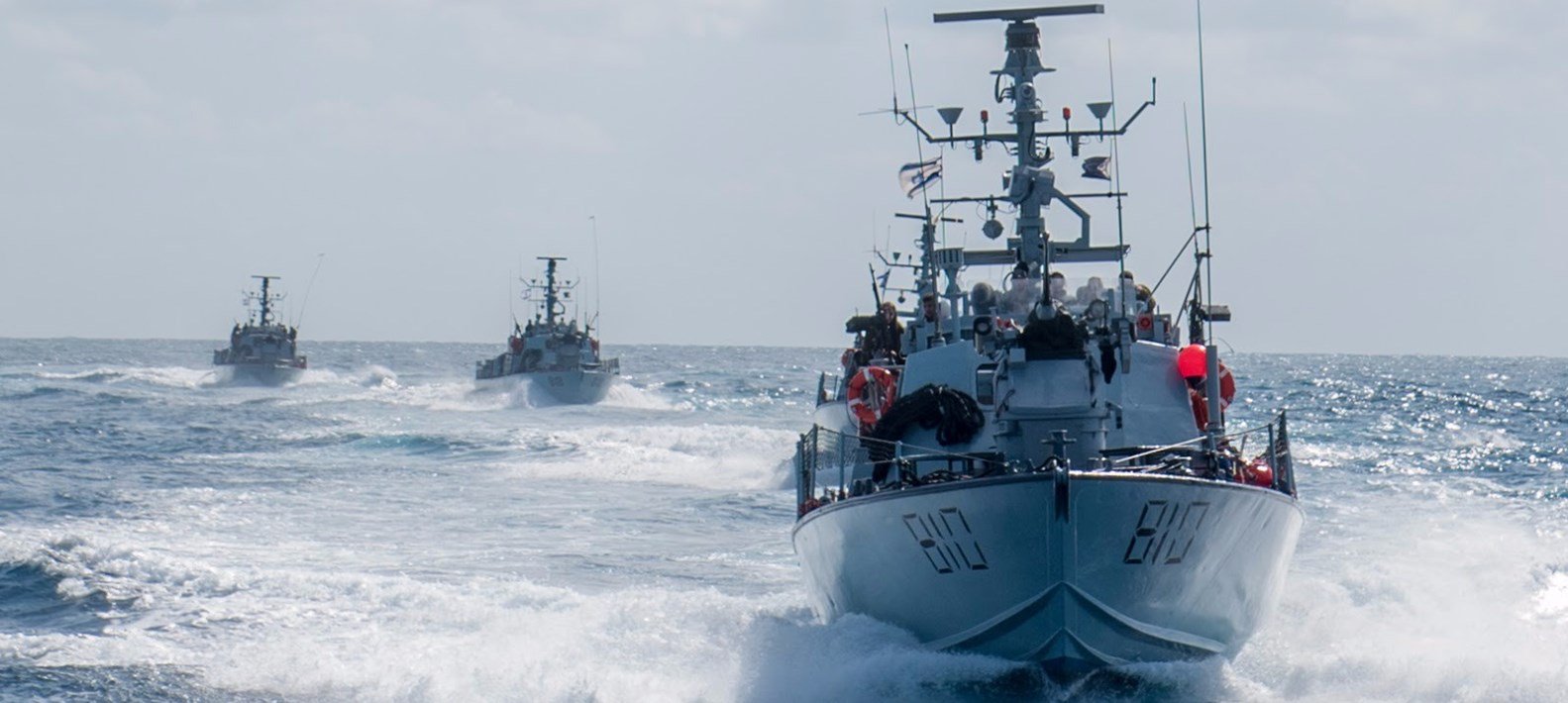
The IDF said on its Telegram channel Thursday that it “will operate to provide security and logistics support for the JLOTS initiative, which includes the establishment of a temporary floating pier to deliver humanitarian aid from the sea into Gaza.”
The IDF offered no specifics.
The plan is to deliver humanitarian assistance to Cyprus by air, where it will be screened, palletized, and prepared for delivery, said the official, adding that the aid is already flowing in.
From there, the pallets will be loaded onto commercial vessels traveling about 200 miles from Cyprus, to a large floating platform anchored miles off the Gaza coast.
“This floating platform is one component of the JLOTS system and provides a stable workspace to transfer the pallets from the larger commercial vessels on the smaller Army vessels that can reach closer to shore,” the official said.
Those vessels will be Logistics Support Vessels (LSVs) which can hold up to 15 trucks each and Landing Craft Utility (LCUs) that can hold up to five. You can read more about the LSVs in detail here.
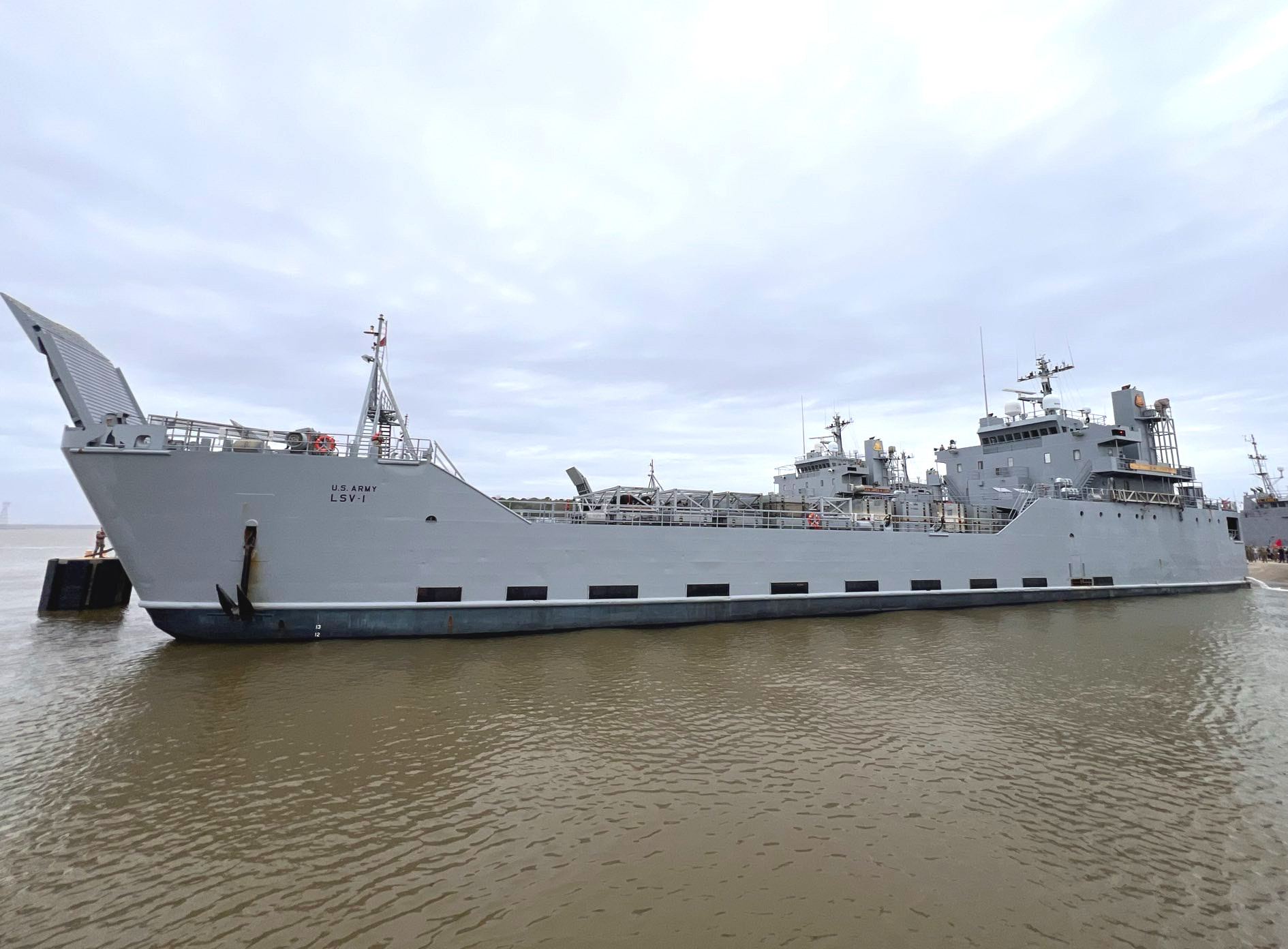
The ships will “shuttle humanitarian assistance from the floating platform to a temporary pier fixed to the shore in Gaza,” said the official, adding that construction on the at-sea portion of that began today.
“Think of this as a floating causeway several hundred meters long and it’s anchored into the sand on Gaza,” the official said.”Trucks then drive off the LSVs down the causeway onto the land and drop off commodities in a very secure area. The structure repeats the process over and over.”
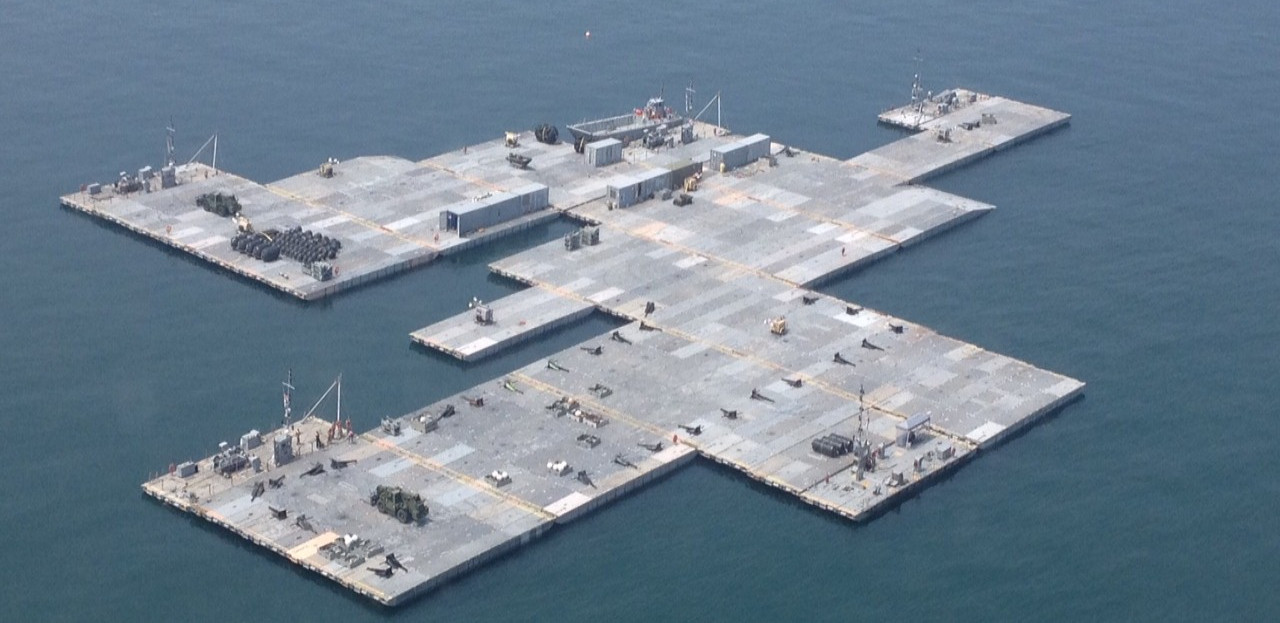
There will be “no U.S. boots on the ground” for this effort, said the official. However, they will be several hundred meters from the shore on the causeway being built. The official sidestepped a question about whether those troops would be in range of Hamas rockets and missiles.
“We’ve factored in all the variables to maximize the force protection, both on the floating platform which is several miles offshore as well as on the temporary pier. No US vessels will touch the shore.”
The Pentagon estimates that when its temporary pier is up and running, it will have the capacity to bring “2,000,000 humanitarian aid meals per day” into Gaza.
If all things go according to plan, “we expect throughput to begin at about 90 trucks a day…and then quickly scale up to 150 trucks a day of humanitarian assistance if we achieve a full operating capability,” the official posited.
Everything going according to plan, however, is a tall order considering the burning enmity Hamas has both toward Israel and the U.S. which is providing tremendous amounts of weapons that the IDF uses to attack targets in Gaza.
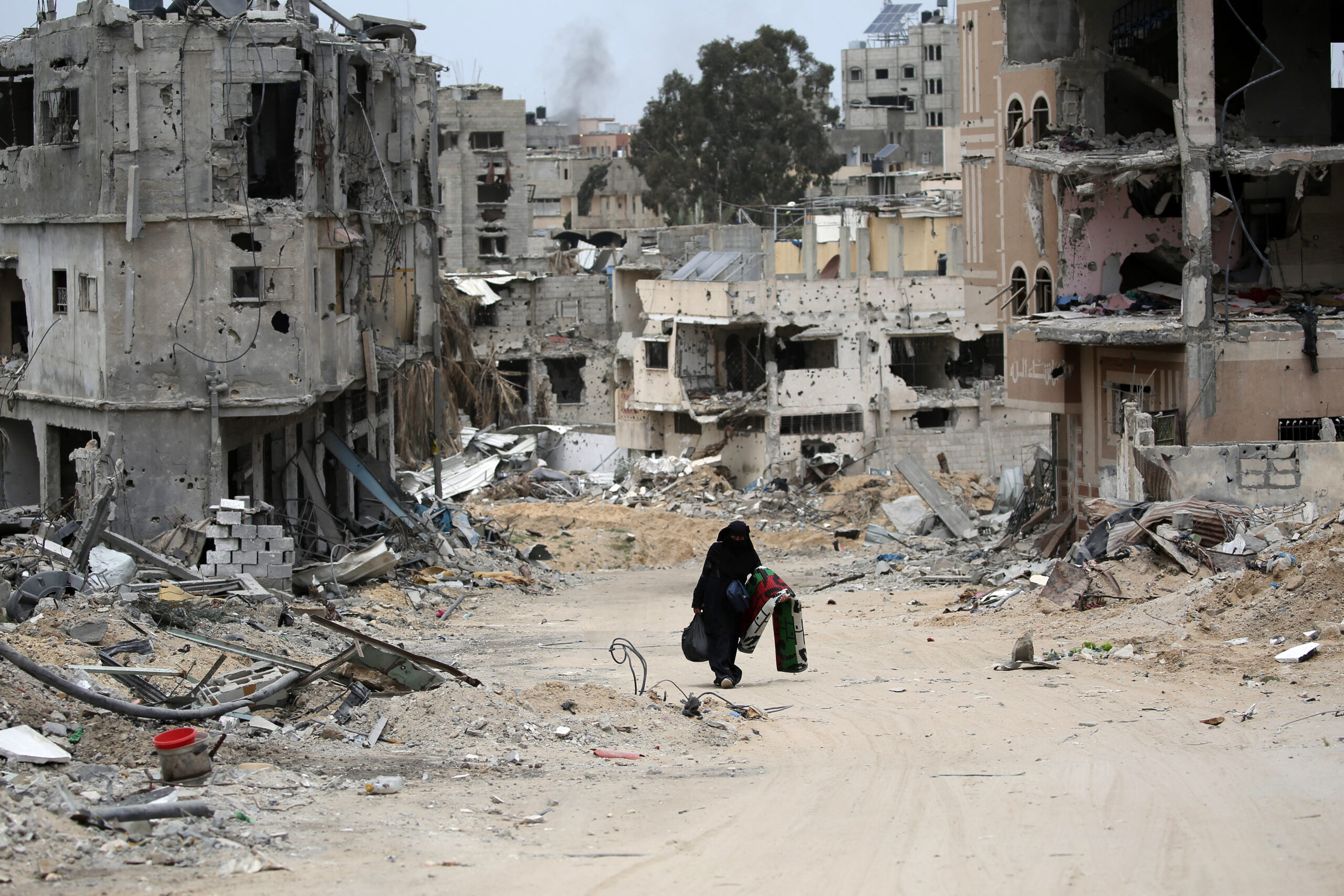
This challenge is something we highlighted in our initial report on the topic last month:
“Then there is the desperation for survival that permeates Gaza. Keeping back the masses alone could be extremely problematic. One would be remiss to forget the situation U.S. troops and many citizens of Kabul endured during America’s exit from Afghanistan via a similar fixed position. Under those circumstances, the Taliban was largely playing nice with the U.S. military and even helped with controlling the situation in many instances. Hamas sees the U.S. government as a direct backer of Israel and its actions against them and the Palestinian people. The U.S. has shipped loads of guided bombs to Israel to support its air campaign in Gaza, for instance.”
“On top of this, there is the question of where the aid will actually end up once it is in Gaza. Hamas is well known for seizing aid for its own use and/or distributing it on its own accord. The U.N. and NGOs that are established in Gaza would be key players in executing an equitable distribution scheme, but they have limited ability to protect the aid from confiscation by Hamas and other militant organizations.”
At the time, one of our biggest questions that was driving this analysis was if Israel would provide the essential security around the beachhead or not. At this point, it seems clear that is the plan. Bringing in additional capabilities, such as a corvette armed with navalized Iron Dome could be essential to protecting American and allied personnel operating right up near the beach.
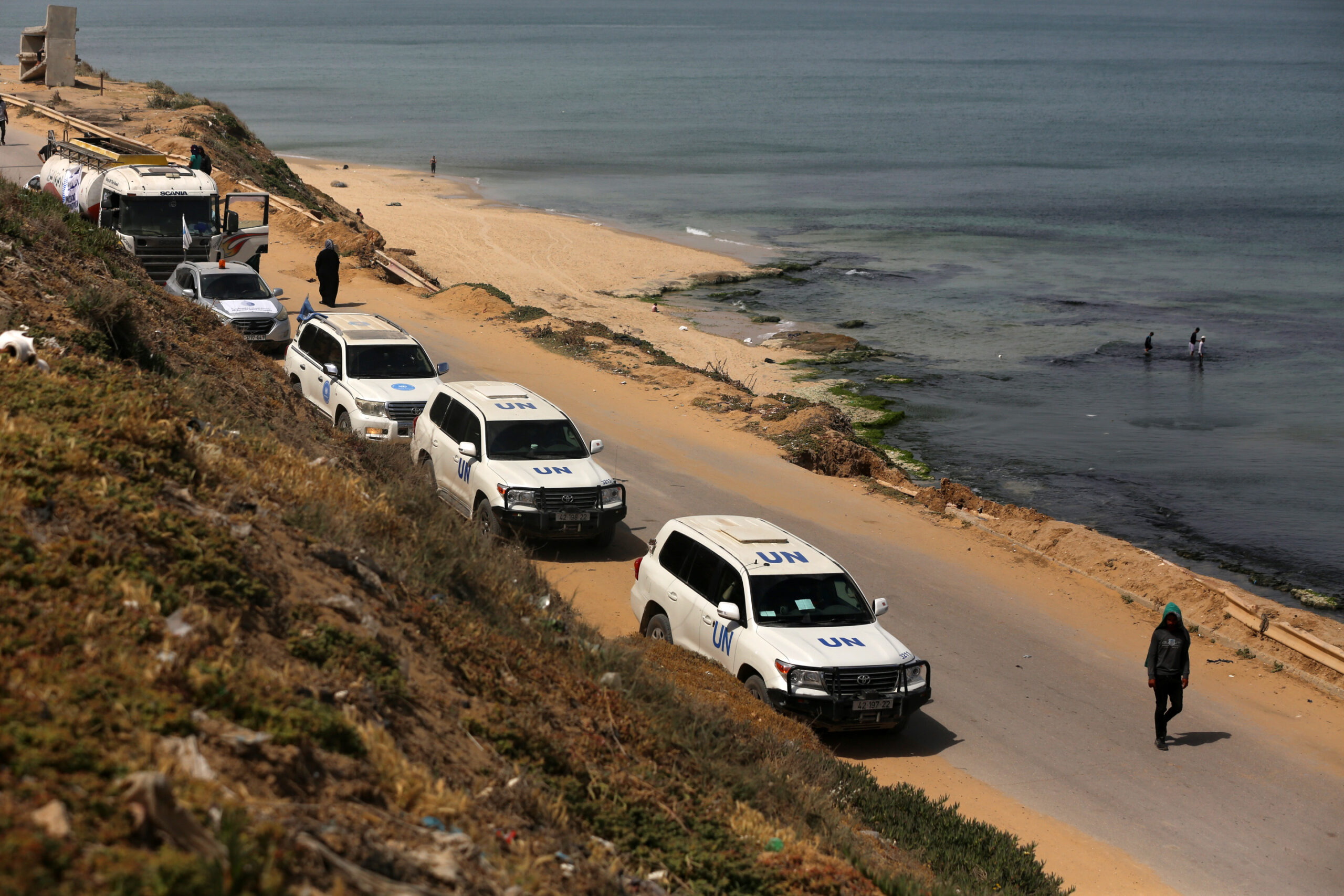
Wednesday’s mortar attack may not have been directly aimed at the relief effort, but it highlights how difficult things could become while performing humanitarian efforts in the active war zone that Gaza is. On April 1, seven World Central Kitchen aid workers were killed when munitions fired from Israeli armed drones ripped through vehicles in their convoy as they left one of the organization’s warehouse. Their convoy was hit shortly after they oversaw the unloading of 100 tons of food brought to Gaza by sea in what was billed as an independent civilian mission similar to what the U.S. is trying to execute, but on a much smaller scale.
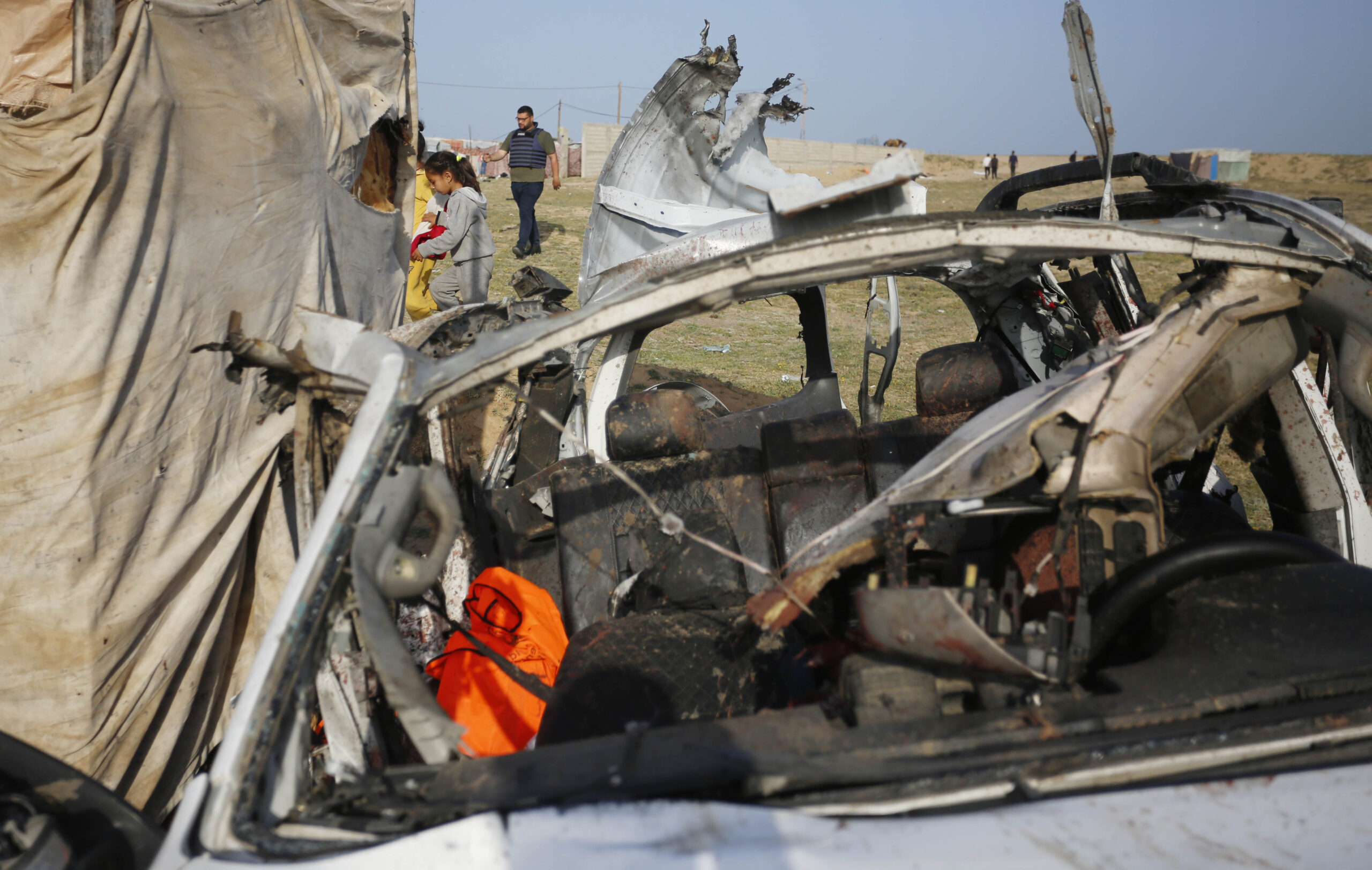
There have been deadly consequences for previous U.S. humanitarian efforts in the region.
On Oct. 23, 1983, 220 Marines, 18 U.S. Navy sailors, and three U.S. Army soldiers lost their lives when jihadis attacked the Marine Barracks at the Beirut Airport. The troops were in Beirut as part of a Multinational Peacekeeping force.
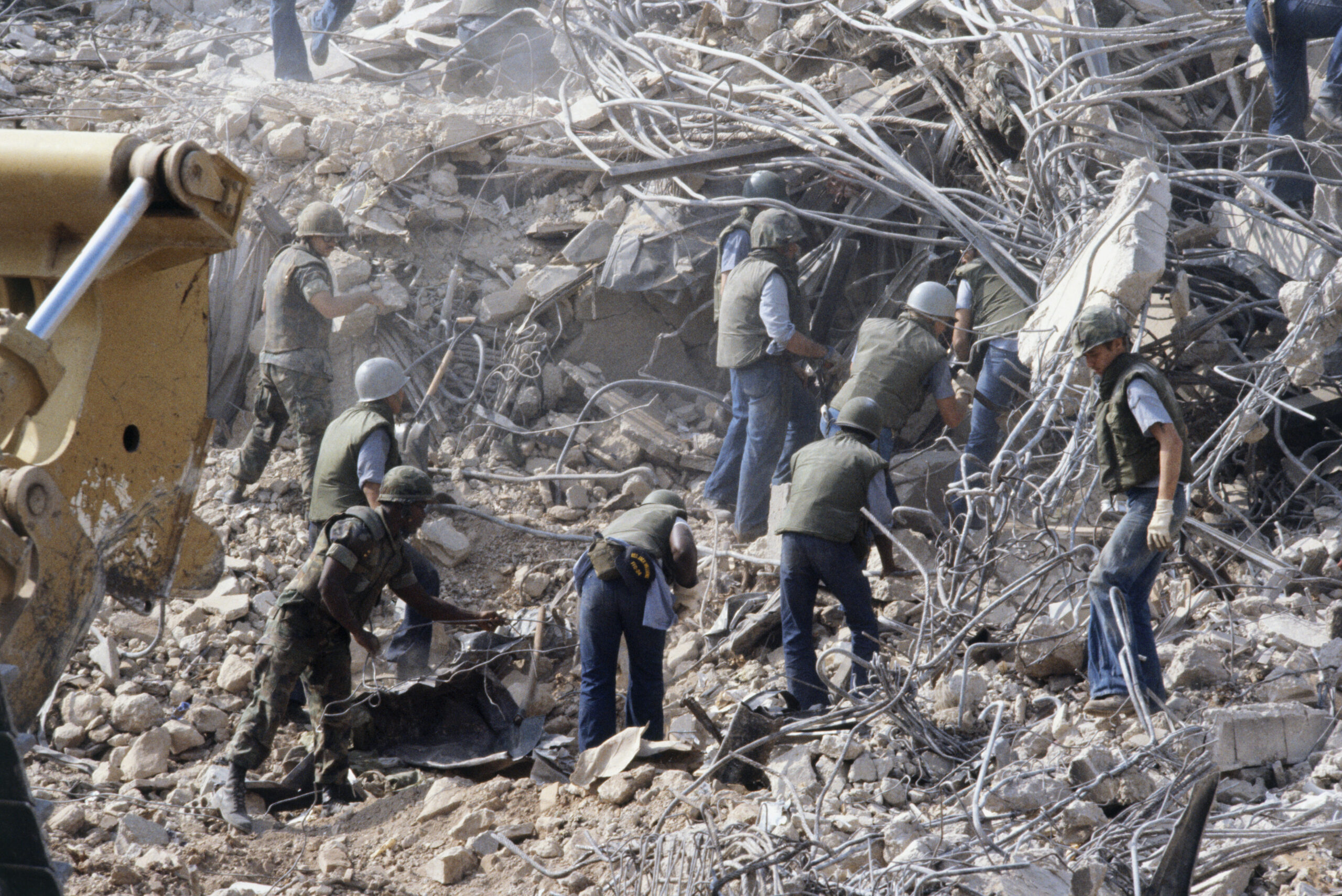
There remain many unknowns about how all this will unfold, and clearly, Hamas and other militant organization have a vote in the matter. We should get a better idea of the level of security Israel intends to provide as the mission spins-up in the coming weeks.
Contact the author: howard@thewarzone.com
